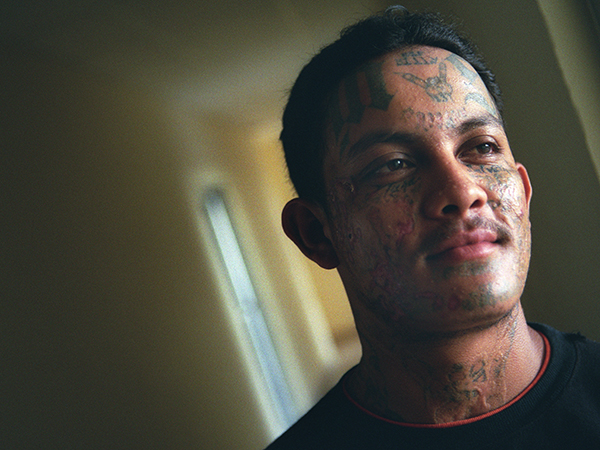SICA signs MoU with Interpeace to strengthen capacities of member states to confront youth violence

Collaboration with the Central American Integration System (SICA) formalised
On 15 June 2009 the “Framework Agreement for Functional Collaboration between Interpeace and the Central American Integration System – (SICA)” was signed in San Salvador, El Salvador. The agreement covers collaboration between SICA and Interpeace on ways to address youth gang violence across Central America.
SICA - supporting peace across the region
SICA is an international organization that is made up of the Republics of El Salvador, Honduras, Nicaragua, Guatemala, Costa Rica and Panama. Its purpose is to bring integration to Central America so that it becomes a region of peace, freedom, democracy and development. Belize is also adhered to SICA, and the Dominican Republic is an associate. Mexico is a regional observer and China and Spain are observers outside the region.
The overall Interpeace project on youth gangs has two componentsStrengthening capacities to address youth violence
Mr. Juan Daniel Alemán Guardián, SICA’s Secretary General, and Ms. Ana Glenda Tager – Interpeace’s Regional Director for Latin America, signed the agreement to strengthen the capacity of SICA member states to confront youth violence (youth gangs, maras and other violent manifestations) in a comprehensive manner. The coordination between Interpeace and SICA will be conducted according to the priorities established in the security strategy of Mexico and Central America’s - the “Technical Assistance and Regional Response Project – Regional Strategic Framework for Prevention, Reduction, treatment and Rehabilitation of Minor Persons at Social Risk or in Conflict with the Law”.
Development of a common strategy: The first component is national processes in Guatemala, Honduras and El Salvador to engage the state, its institutions, and civil society in co-analyzing the youth gang problem and to devise a common strategy to address the issue.
Providing technical assistance: The second component is to provide technical assistance within the SICA system (bureaus and governments), specifically through the Regional Commission for Youth Violence Prevention and the Democratic Security Unit to develop a regional strategy for this issue.
Youth gangs are now a major public concern
Over the past five years, the increasing number of youth groups involved in violence has become a major public concern in many areas in Central America. The youth gang problem is linked to and made even worse by the legacies of unresolved dynamics going back to former conflicts, the onset of democratic governments, and the confluence of illegal migration and the drug trade. This problem is proving a constant threat to the security and stability of local populations. But it has also shown evidence of repercussions in areas beyond those regions most immediately affected. As such, it is increasingly drawing the attention of other countries and is relevant for them. The tendency to try and combat this problem through repressive measures is of great concern.
A regional approach that is both comprehensive and holistic
The issue must be approached in a comprehensive and holistic manner to address the structural causes that generate violence, as well as to restore social relationships among the different sectors involved and affected by such violence. The Interpeace programme is structured to take this approach.
